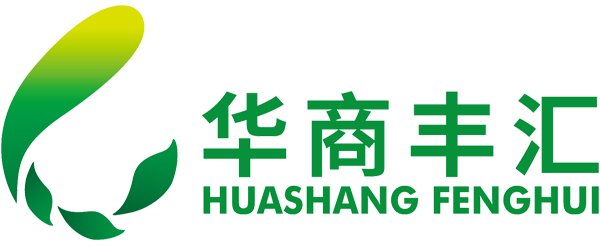Which one is better for e-commerce parcel cod logistics from Shenzhen to Southeast Asia?
With more than 330 million Internet users, cross-border e-commerce has been considered the most powerful field in Southeast Asia in the next year. A Google study shows that Internet users in Southeast Asia will grow at a rapid rate of 3.5 million per month, which makes Southeast Asia the fastest growing Internet region from 2015 to 2020. Combining the region’s huge youth population (70% of the region’s population is below 40 years old), continuously increasing disposable income (per capita GDP of the six largest Southeast Asian countries will exceed US$3,000) and abundant payment systems, the Internet economy in Southeast Asia It will grow to 200 billion US dollars in 2025.

Southeast Asian consumers spend an average of 140 minutes per person on e-commerce every day, far exceeding the same index in other regions. Based on the favorable market environment in Southeast Asia and my country's policy support for cross-border export e-commerce, many domestic e-commerce companies have begun to vigorously deploy the Southeast Asian market. Its main markets are concentrated in Thailand, Vietnam, Indonesia, and Malaysia. These countries have a large population base, large and medium-sized cities with relatively developed economies and relatively complete facilities, and local residents have a certain level of consumption. These factors provide favorable conditions for the development of local e-commerce.
However, opportunities and challenges coexist. The Southeast Asian market is indeed good, but how to sell goods to Southeast Asia is a very difficult problem. For many B2C cross-border e-commerce sellers, the first problem they face is cross-border payment and logistics. Due to the underdevelopment of mobile payment in Southeast Asian countries, it is difficult to get buyers to pay online. At this time, many merchants will choose the COD model, that is, after the buyer places an order online, the seller delivers the goods, and the logistics company collects the payment from the buyer when the shipment is dispatched. This model is convenient and fast, and many e-commerce companies now adopt this model.
So what logistics companies are available in the market that can provide e-commerce small packages to Southeast Asia to collect payment services? Here we mainly introduce Shenzhen Huashang Fenghui International Logistics Co., Ltd. This company has dedicated e-commerce parcel collection services for Taiwan, Hong Kong, Vietnam, Thailand, and Indonesia. The company has a good cooperative relationship with Hsinchu Black Cat in Taiwan, Kerry in Thailand, and J&T in Indonesia. After the goods arrive in the destination country, they are delivered by these local delivery companies. Huashang Fenghui can also provide drop shipping and pick-up services. The time limit for Taiwan and Hong Kong is two to three working days, and the time limit for Southeast Asia is five to seven working days. The rebate cycle is twice a week, very fast and fast. Moreover, the company has assigned two customer service specialists for each customer, responsible for the feedback of the receipt of goods and the handling of problematic items. Huashang Fenghui International Logistics has overseas warehouses in each destination country. Goods refused to sign can be returned to overseas warehouses for a second transfer. And overseas warehouses have a free storage period of about 10 days. Huashang Fenghui International Logistics is committed to providing better and faster services to cross-border e-commerce sellers. The company's vision is to make every e-commerce seller served by the company bigger and stronger!





